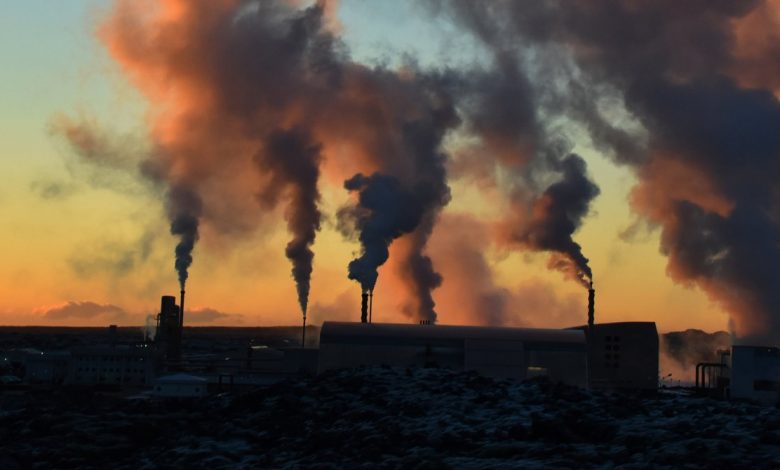Hospitals Worldwide Will Be At High Risk Of Shutdown From Extreme Weather If Fossil Fuels Are Not Phased Out
The new report was released by XDI (Cross Dependency Analysis) - a global leader in physical climate risk analysis

One in 12 hospitals worldwide will be at high risk of shutdown from extreme weather by 2100 if fossil fuels are not phased out, and emissions are high, according to a major analysis published on the first Health Day at the upcoming climate negotiations in the UAE.
The new report was released by XDI (Cross Dependency Analysis) – a global leader in physical climate risk analysis.
As a result, communities hit by hurricanes, severe storms, flooding, forest fires and other disasters could be cut off from emergency hospital care right when they need it most, with low and middle income countries most at risk, they say.
The research, by climate risk analysis organisation XDI, evaluates how continued emissions would affect flooding, sea-level rise, fire risk and storms at the locations of 200,000 hospitals. Their results will be available at global, regional, national and local levels, with data for individual named hospitals.
In India, the proportion of hospitals at high risk of being shut down by extreme weather events would be 5.7% by 2050, and would affect almost 1 in 10 (9.6%) hospitals by the end of the century if emissions are high.
India would be the country with, by far, the most hospitals at risk of damage from extreme weather events by 2100, with 5,120 hospitals at high risk. The number of hospitals analysed in India was 53,473, the highest among the 50 countries included in the study. Russia, with 13,596 hospitals, was the second. The analysis uses hospital data available at healthsites.io
Climate change is increasingly impacting the health of people around the world. What happens when severe weather results in hospital shutdowns as well? Our analysis shows that without a rapid phase out of fossil fuels, the risks to global health will be exacerbated further, as thousands of hospitals become unable to deliver services during crises,” said Dr Karl Mallon, Director of Science and Technology, XDI (Cross Dependency Initiative).
Key findings from the 2023 XDI Global Hospital Infrastructure Physical Climate Risk Report
● Without a rapid phase out of fossil fuels, up to 1 in 12 hospitals worldwide will be at high risk of total or partial shutdown from extreme weather events by the end of the century – a total of 16,245 hospitals. This is almost twice as many hospitals as are currently at high risk. A residential or commercial building with this level of risk would be considered uninsurable.
● All of these 16,245 hospitals will require adaptation, where practical. Even with this enormous investment, relocation will be the only option for many.
● Of the 16,245 hospitals identified as high risk by 2100, 71% (11,512) of them are in low and middle income countries.
● Limiting global warming to 1.8 degrees celsius with a rapid phase out of fossil fuels would halve the damage risk to hospital infrastructure compared to a high emissions scenario. If emissions are high, the risk of damage to hospitals around the world from extreme weather will increase more than four-fold (311%) by the end of the century. In a low emissions scenario, this increase in risk is reduced to just 106%.
● Today, South East Asia has the highest percentage of hospitals at high risk of damage from extreme weather events in the world. With high emissions, almost 1 in 5 hospitals (18.4%) in South East Asia will be at high risk of total or partial shutdown by the end of the century.
● South Asia has the highest number of hospitals at risk, reflecting the high population. By 2050, a third of all the most high risk hospitals (3,357) in the world will be in South Asia if emissions are high. By 2100 this could increase to 5,894.
● Hospitals located on coastlines and near rivers are most at risk. Today, riverine and surface water flooding dominates the risk of damage to hospitals. Towards the end of the century, coastal inundation rapidly increases (exacerbated by sea-level rise) and becomes the most significant hazard after riverine flooding by 2100.
“The most obvious thing to dramatically reduce this risk to hospitals, and keep communities safe, is to reduce emissions,” said Dr Karl Mallon.
The analysis finds that risks to hospitals would be much lower with a rapid phase out of fossil fuels. With fast emission cuts, the expected damage to hospitals by the end of the century would be half the level expected if emissions are high.
The writer of this article is Dr. Seema Javed, an environmentalist & a communications professional in the field of climate and energy




